Qian Cao
Feature Interaction Fusion Self-Distillation Network For CTR Prediction
Nov 13, 2024


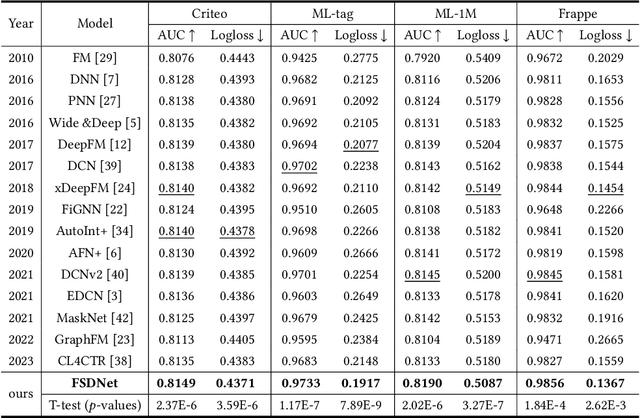
Abstract:Click-Through Rate (CTR) prediction plays a vital role in recommender systems, online advertising, and search engines. Most of the current approaches model feature interactions through stacked or parallel structures, with some employing knowledge distillation for model compression. However, we observe some limitations with these approaches: (1) In parallel structure models, the explicit and implicit components are executed independently and simultaneously, which leads to insufficient information sharing within the feature set. (2) The introduction of knowledge distillation technology brings about the problems of complex teacher-student framework design and low knowledge transfer efficiency. (3) The dataset and the process of constructing high-order feature interactions contain significant noise, which limits the model's effectiveness. To address these limitations, we propose FSDNet, a CTR prediction framework incorporating a plug-and-play fusion self-distillation module. Specifically, FSDNet forms connections between explicit and implicit feature interactions at each layer, enhancing the sharing of information between different features. The deepest fusion layer is then used as the teacher model, utilizing self-distillation to guide the training of shallow layers. Empirical evaluation across four benchmark datasets validates the framework's efficacy and generalization capabilities. The code is available on https://anonymous.4open.science/r/FSDNet.
BSharedRAG: Backbone Shared Retrieval-Augmented Generation for the E-commerce Domain
Sep 30, 2024



Abstract:Retrieval Augmented Generation (RAG) system is important in domains such as e-commerce, which has many long-tail entities and frequently updated information. Most existing works adopt separate modules for retrieval and generation, which may be suboptimal since the retrieval task and the generation task cannot benefit from each other to improve performance. We propose a novel Backbone Shared RAG framework (BSharedRAG). It first uses a domain-specific corpus to continually pre-train a base model as a domain-specific backbone model and then trains two plug-and-play Low-Rank Adaptation (LoRA) modules based on the shared backbone to minimize retrieval and generation losses respectively. Experimental results indicate that our proposed BSharedRAG outperforms baseline models by 5% and 13% in Hit@3 upon two datasets in retrieval evaluation and by 23% in terms of BLEU-3 in generation evaluation. Our codes, models, and dataset are available at https://bsharedrag.github.io.
See or Guess: Counterfactually Regularized Image Captioning
Aug 29, 2024



Abstract:Image captioning, which generates natural language descriptions of the visual information in an image, is a crucial task in vision-language research. Previous models have typically addressed this task by aligning the generative capabilities of machines with human intelligence through statistical fitting of existing datasets. While effective for normal images, they may struggle to accurately describe those where certain parts of the image are obscured or edited, unlike humans who excel in such cases. These weaknesses they exhibit, including hallucinations and limited interpretability, often hinder performance in scenarios with shifted association patterns. In this paper, we present a generic image captioning framework that employs causal inference to make existing models more capable of interventional tasks, and counterfactually explainable. Our approach includes two variants leveraging either total effect or natural direct effect. Integrating them into the training process enables models to handle counterfactual scenarios, increasing their generalizability. Extensive experiments on various datasets show that our method effectively reduces hallucinations and improves the model's faithfulness to images, demonstrating high portability across both small-scale and large-scale image-to-text models. The code is available at https://github.com/Aman-4-Real/See-or-Guess.
YuLan: An Open-source Large Language Model
Jun 28, 2024



Abstract:Large language models (LLMs) have become the foundation of many applications, leveraging their extensive capabilities in processing and understanding natural language. While many open-source LLMs have been released with technical reports, the lack of training details hinders further research and development. This paper presents the development of YuLan, a series of open-source LLMs with $12$ billion parameters. The base model of YuLan is pre-trained on approximately $1.7$T tokens derived from a diverse corpus, including massive English, Chinese, and multilingual texts. We design a three-stage pre-training method to enhance YuLan's overall capabilities. Subsequent phases of training incorporate instruction-tuning and human alignment, employing a substantial volume of high-quality synthesized data. To facilitate the learning of complex and long-tail knowledge, we devise a curriculum-learning framework throughout across these stages, which helps LLMs learn knowledge in an easy-to-hard manner. YuLan's training is finished on Jan, 2024 and has achieved performance on par with state-of-the-art LLMs across various English and Chinese benchmarks. This paper outlines a comprehensive technical roadmap for developing LLMs from scratch. Our model and codes are available at https://github.com/RUC-GSAI/YuLan-Chat.
TorchSpatial: A Location Encoding Framework and Benchmark for Spatial Representation Learning
Jun 21, 2024Abstract:Spatial representation learning (SRL) aims at learning general-purpose neural network representations from various types of spatial data (e.g., points, polylines, polygons, networks, images, etc.) in their native formats. Learning good spatial representations is a fundamental problem for various downstream applications such as species distribution modeling, weather forecasting, trajectory generation, geographic question answering, etc. Even though SRL has become the foundation of almost all geospatial artificial intelligence (GeoAI) research, we have not yet seen significant efforts to develop an extensive deep learning framework and benchmark to support SRL model development and evaluation. To fill this gap, we propose TorchSpatial, a learning framework and benchmark for location (point) encoding, which is one of the most fundamental data types of spatial representation learning. TorchSpatial contains three key components: 1) a unified location encoding framework that consolidates 15 commonly recognized location encoders, ensuring scalability and reproducibility of the implementations; 2) the LocBench benchmark tasks encompassing 7 geo-aware image classification and 4 geo-aware image regression datasets; 3) a comprehensive suite of evaluation metrics to quantify geo-aware models' overall performance as well as their geographic bias, with a novel Geo-Bias Score metric. Finally, we provide a detailed analysis and insights into the model performance and geographic bias of different location encoders. We believe TorchSpatial will foster future advancement of spatial representation learning and spatial fairness in GeoAI research. The TorchSpatial model framework, LocBench, and Geo-Bias Score evaluation framework are available at https://github.com/seai-lab/TorchSpatial.
Retaining Key Information under High Compression Ratios: Query-Guided Compressor for LLMs
Jun 04, 2024Abstract:The growing popularity of Large Language Models has sparked interest in context compression for Large Language Models (LLMs). However, the performance of previous methods degrades dramatically as compression ratios increase, sometimes even falling to the closed-book level. This decline can be attributed to the loss of key information during the compression process. Our preliminary study supports this hypothesis, emphasizing the significance of retaining key information to maintain model performance under high compression ratios. As a result, we introduce Query-Guided Compressor (QGC), which leverages queries to guide the context compression process, effectively preserving key information within the compressed context. Additionally, we employ a dynamic compression strategy. We validate the effectiveness of our proposed QGC on the Question Answering task, including NaturalQuestions, TriviaQA, and HotpotQA datasets. Experimental results show that QGC can consistently perform well even at high compression ratios, which also offers significant benefits in terms of inference cost and throughput.
Image registration based automated lesion correspondence pipeline for longitudinal CT data
Apr 25, 2024



Abstract:Patients diagnosed with metastatic breast cancer (mBC) typically undergo several radiographic assessments during their treatment. mBC often involves multiple metastatic lesions in different organs, it is imperative to accurately track and assess these lesions to gain a comprehensive understanding of the disease's response to treatment. Computerized analysis methods that rely on lesion-level tracking have often used manual matching of corresponding lesions, a time-consuming process that is prone to errors. This paper introduces an automated lesion correspondence algorithm designed to precisely track both targets' lesions and non-targets' lesions in longitudinal data. Here we demonstrate the applicability of our algorithm on the anonymized data from two Phase III trials. The dataset contains imaging data of patients for different follow-up timepoints and the radiologist annotations for the patients enrolled in the trials. Target and non-target lesions are annotated by either one or two groups of radiologists. To facilitate accurate tracking, we have developed a registration-assisted lesion correspondence algorithm. The algorithm employs a sequential two-step pipeline: (a) Firstly, an adaptive Hungarian algorithm is used to establish correspondence among lesions within a single volumetric image series which have been annotated by multiple radiologists at a specific timepoint. (b) Secondly, after establishing correspondence and assigning unique names to the lesions, three-dimensional rigid registration is applied to various image series at the same timepoint. Registration is followed by ongoing lesion correspondence based on the adaptive Hungarian algorithm and updating lesion names for accurate tracking. Validation of our automated lesion correspondence algorithm is performed through triaxial plots based on axial, sagittal, and coronal views, confirming its efficacy in matching lesions.
TorchSurv: A Lightweight Package for Deep Survival Analysis
Apr 17, 2024Abstract:TorchSurv is a Python package that serves as a companion tool to perform deep survival modeling within the PyTorch environment. Unlike existing libraries that impose specific parametric forms, TorchSurv enables the use of custom PyTorch-based deep survival models. With its lightweight design, minimal input requirements, full PyTorch backend, and freedom from restrictive survival model parameterizations, TorchSurv facilitates efficient deep survival model implementation and is particularly beneficial for high-dimensional and complex input data scenarios.
On the Promises and Challenges of Multimodal Foundation Models for Geographical, Environmental, Agricultural, and Urban Planning Applications
Dec 23, 2023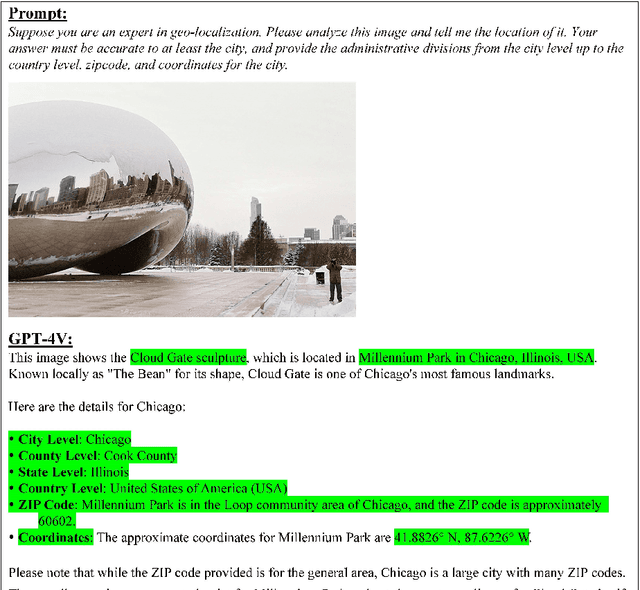
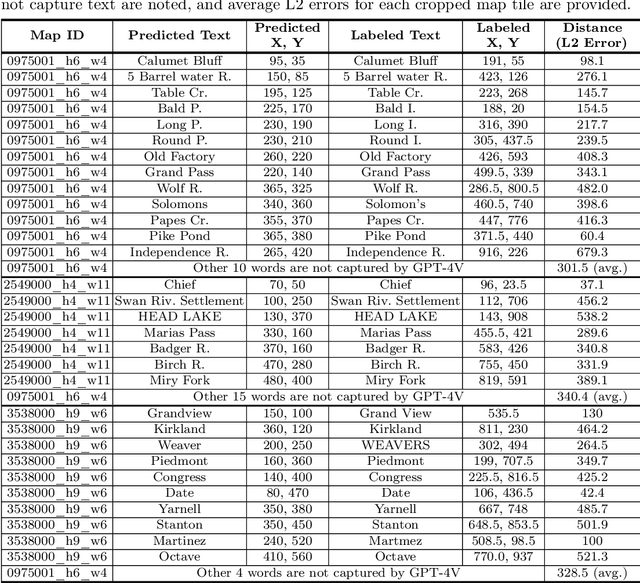
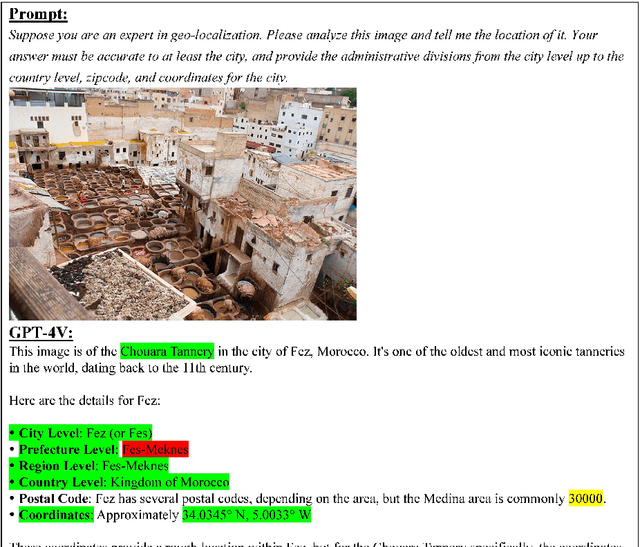
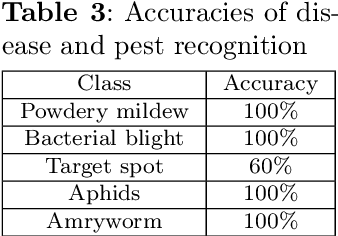
Abstract:The advent of large language models (LLMs) has heightened interest in their potential for multimodal applications that integrate language and vision. This paper explores the capabilities of GPT-4V in the realms of geography, environmental science, agriculture, and urban planning by evaluating its performance across a variety of tasks. Data sources comprise satellite imagery, aerial photos, ground-level images, field images, and public datasets. The model is evaluated on a series of tasks including geo-localization, textual data extraction from maps, remote sensing image classification, visual question answering, crop type identification, disease/pest/weed recognition, chicken behavior analysis, agricultural object counting, urban planning knowledge question answering, and plan generation. The results indicate the potential of GPT-4V in geo-localization, land cover classification, visual question answering, and basic image understanding. However, there are limitations in several tasks requiring fine-grained recognition and precise counting. While zero-shot learning shows promise, performance varies across problem domains and image complexities. The work provides novel insights into GPT-4V's capabilities and limitations for real-world geospatial, environmental, agricultural, and urban planning challenges. Further research should focus on augmenting the model's knowledge and reasoning for specialized domains through expanded training. Overall, the analysis demonstrates foundational multimodal intelligence, highlighting the potential of multimodal foundation models (FMs) to advance interdisciplinary applications at the nexus of computer vision and language.
Transformation vs Tradition: Artificial General Intelligence (AGI) for Arts and Humanities
Oct 30, 2023
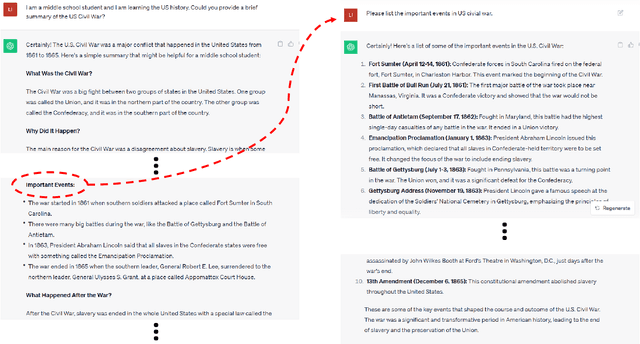

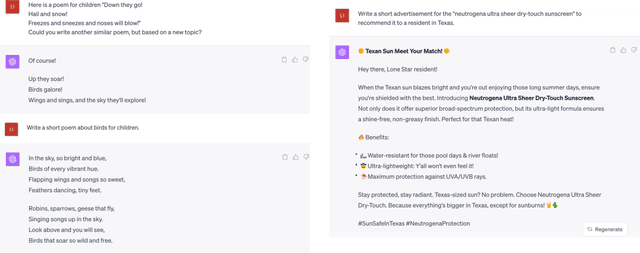
Abstract:Recent advances in artificial general intelligence (AGI), particularly large language models and creative image generation systems have demonstrated impressive capabilities on diverse tasks spanning the arts and humanities. However, the swift evolution of AGI has also raised critical questions about its responsible deployment in these culturally significant domains traditionally seen as profoundly human. This paper provides a comprehensive analysis of the applications and implications of AGI for text, graphics, audio, and video pertaining to arts and the humanities. We survey cutting-edge systems and their usage in areas ranging from poetry to history, marketing to film, and communication to classical art. We outline substantial concerns pertaining to factuality, toxicity, biases, and public safety in AGI systems, and propose mitigation strategies. The paper argues for multi-stakeholder collaboration to ensure AGI promotes creativity, knowledge, and cultural values without undermining truth or human dignity. Our timely contribution summarizes a rapidly developing field, highlighting promising directions while advocating for responsible progress centering on human flourishing. The analysis lays the groundwork for further research on aligning AGI's technological capacities with enduring social goods.
 Add to Chrome
Add to Chrome Add to Firefox
Add to Firefox Add to Edge
Add to Edge